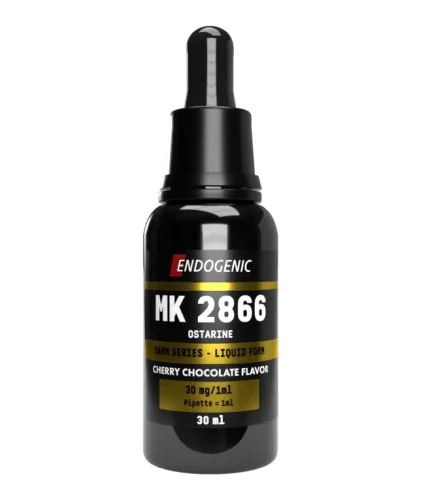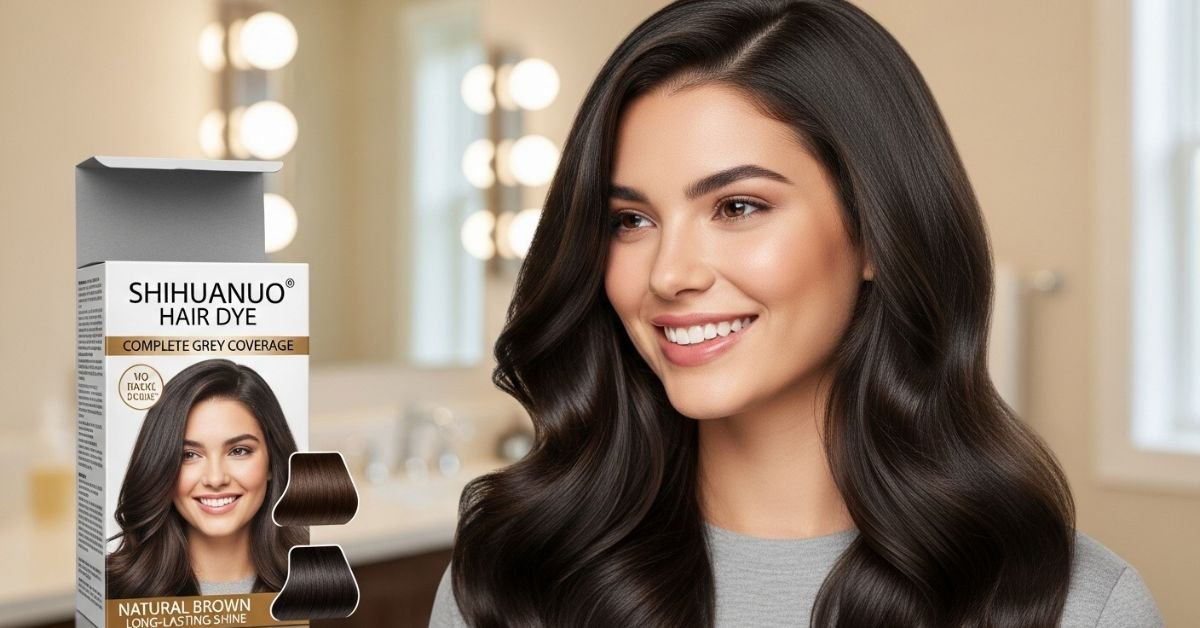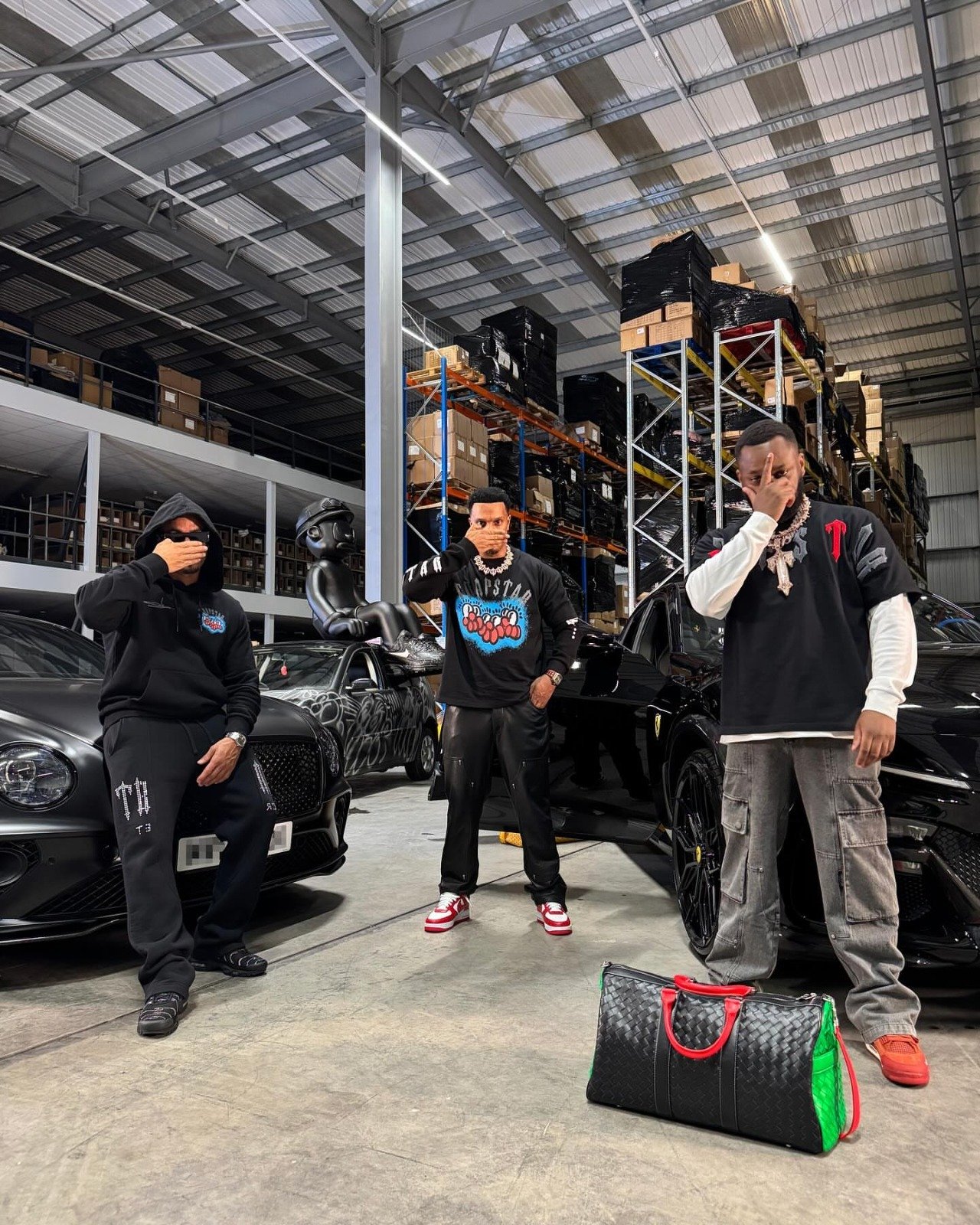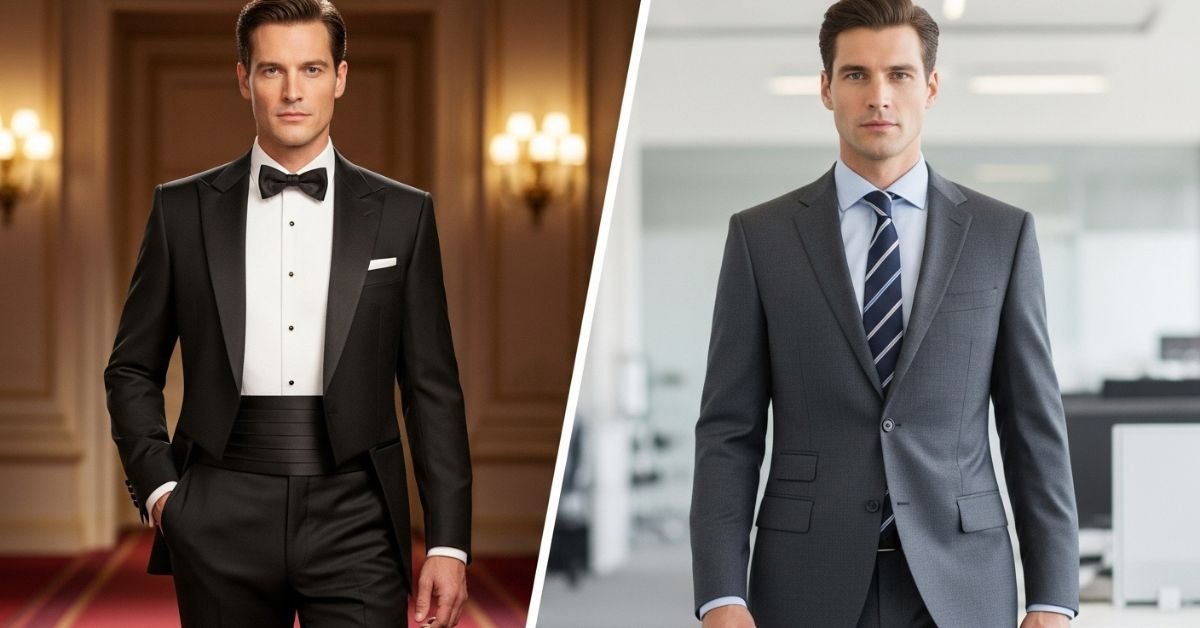Contents
- 1 Introduction to Dinner Suit and Business Suit
- 2 History and Evolution of Dinner Suits and Business Suits
- 3 Key Differences in Style and Design
- 4 Occasions to Wear a Dinner Suit vs Business Suit
- 5 Materials Used for Dinner Suits and Business Suits
- 6 Choosing the Right Fit for You
- 7 Maintenance and Care Tips for Both Types of Suits
- 8 Budget Considerations
- 9 Conclusion
Introduction to Dinner Suit and Business Suit
When it comes to dressing for success, understanding the difference between a dinner suit and a business suit can make all the difference. Both are staples in a well-dressed man’s wardrobe, yet they serve different purposes and evoke distinct vibes. Whether you’re gearing up for an elegant evening gala or preparing for an important board meeting, knowing which suit to wear is essential. In this post, we’ll explore how these two styles have evolved over time, dive into their unique characteristics, and help you navigate occasions where one may be more appropriate than the other. Let’s unravel the stylish world of suits!
History and Evolution of Dinner Suits and Business Suits
The history of suits is a fascinating journey through fashion and culture. The dinner suit, or tuxedo, emerged in the mid-19th century as a more relaxed alternative to formal evening wear. Originally designed for informal dining events, it quickly gained popularity among the elite.
On the other hand, business suits evolved from earlier styles worn by gentlemen during the Victorian era. These tailored garments were initially made from heavy wool and featured broad lapels. As society progressed into the 20th century, so did their design—leaner cuts and lighter fabrics became standard.
Both types of suits reflect societal changes over time. While dinner suits symbolize elegance during social gatherings, business suits embody professionalism in corporate settings. Their evolution mirrors shifts in values and lifestyles throughout history. This rich background makes each piece unique beyond just style; they carry stories that resonate with generations past.
Key Differences in Style and Design
When it comes to style and design, dinner suits and business suits serve very different purposes. A dinner suit, often referred to as a tuxedo, is characterized by its elegant appeal. It typically features satin or grosgrain lapels and is usually black or midnight blue.
On the other hand, a business suit leans toward versatility. Constructed from various fabrics like wool or cotton, it’s designed for daily wear in professional environments. Business suits offer more color options—think charcoal grays, navy blues, and even subtle patterns.
Additionally, the cut varies significantly between the two. Dinner suits generally have a slimmer fit that accentuates the body shape while offering sophistication at formal events. In contrast, business suits are tailored for comfort during long hours at work while maintaining a polished look.
Accessories differ as well; dinner suits often pair with bow ties and cummerbunds whereas business suits might be complemented with simple ties and dress shirts.
Occasions to Wear a Dinner Suit vs Business Suit
Dinner suits are synonymous with formal events. Think black-tie galas, wedding receptions, or a sophisticated evening at the opera. These occasions call for elegance and refinement.
On the other hand, business suits shine in professional settings. They’re perfect for job interviews, corporate meetings, and everyday office wear. A well-fitted suit exudes confidence and professionalism.
Social gatherings can blur these lines. A smart-casual environment might allow a business suit to stand out without compromising style. However, if an event carries a touch of formality—like an upscale dinner party—a dinner suit is more appropriate.
Choosing the right outfit depends not just on dress codes but also on personal style and comfort level. Each occasion has its own vibe that influences what you should wear to make the best impression possible.
Materials Used for Dinner Suits and Business Suits
When it comes to dinner suits, fabric choices often lean towards luxurious materials. Silk is a popular option for its sheen and softness. Velvet also makes an appearance, offering a rich texture that’s perfect for formal events.
Business suits typically favor durability and versatility. Wool remains the go-to fabric due to its breathability and resilience. Merino wool provides added comfort while maintaining a professional look.
Blends are common in both suit types. A mix of polyester with natural fibers can enhance longevity without sacrificing style.
For warmer climates, lightweight fabrics like linen or cotton are preferred in business settings but might be less appropriate for evening wear.
Choosing the right material affects not just aesthetics but also comfort throughout the event or workday. Understanding these options helps you make informed decisions that reflect your personal style and needs.
Choosing the Right Fit for You
Finding the right fit is crucial for both dinner suits and business suits. A well-fitted suit enhances your look, boosts confidence, and ensures comfort.
When trying on a suit, pay attention to the shoulders. They should align perfectly with your natural shoulder line. If they’re too tight or loose, it can throw off the entire silhouette.
Next, consider the chest area. You want enough room to move without excess fabric bulging out. The button closure should lie flat against your body when fully fastened.
Don’t forget about sleeve length. Ideally, you want around a quarter inch of shirt cuff visible when arms are relaxed at your sides.
Focus on pant length and tapering. Trousers should just skim the tops of your shoes while allowing easy movement in your legs. Tailoring can make all the difference if buying off-the-rack doesn’t yield that perfect fit.
Maintenance and Care Tips for Both Types of Suits
To keep your dinner suit and business suit looking sharp, proper maintenance is key. Start with regular dry cleaning to remove dirt and odors. Avoid overdoing it; frequent cleaning can wear out the fabric.
Always hang your suits on sturdy wooden or padded hangers. This helps maintain their shape while preventing creases from developing.
When storing, use breathable garment bags to shield them from dust without suffocating the fabric.
Invest in a good-quality lint roller for quick touch-ups between cleanings. It’s perfect for removing pet hair or lint that can detract from a polished look.
For minor wrinkles, steaming is preferable to ironing, as it’s gentler on the fibers. If you must iron, make sure to use a low heat setting.
Rotate your suits regularly to allow each piece time to breathe and recover its natural form after wearing.
Budget Considerations
When it comes to suits, budget plays a crucial role in choosing the right one. Dinner and business suits can vary greatly in price depending on several factors.
For dinner suits, expect to spend more if you’re looking for high-quality fabrics and intricate detailing. A well-made tuxedo often comes with a higher price tag due to its formal nature.
Business suits offer a broader range of options. You can find affordable choices from mass retailers or invest in premium brands that provide excellent craftsmanship.
Consider your needs as well; investing in timeless pieces may save money long-term, while trendy styles might not age well. Tailoring is another vital aspect—sometimes spending extra for alterations creates the perfect fit without breaking the bank.
Watch out for seasonal sales or outlet stores where you might snag great deals on luxury brands! Balancing quality and cost will lead you toward making a wise investment in your wardrobe.
Also Read Latest Post: Carpool Karaoke with Bruce Springsteen – The Legendary Ride
Conclusion
When it comes to choosing between a dinner suit and a business suit, understanding the nuances is key. Each type of suit serves distinct purposes and occasions. A dinner suit embodies elegance and formality, perfect for evening events or celebrations. On the other hand, a business suit offers versatility in professional settings.
Knowing the history and evolution of these suits helps highlight their unique characteristics. The stylish designs of each reflect cultural shifts over time while maintaining their own identities. Whether it’s about fabric choices or fit preferences, personal style plays an important role in your decision-making process.
Taking care of your suits ensures they last longer, making them worthy investments for both formal dinners and day-to-day work life. Assessing occasion requirements along with individual comfort will guide you toward the right selection that fits seamlessly into your wardrobe.
By embracing what makes each type special, you can navigate social situations with confidence and flair while expressing your personality through fashion choices.




